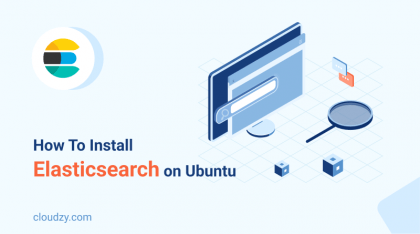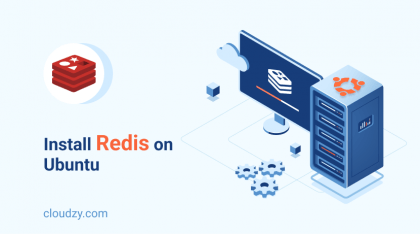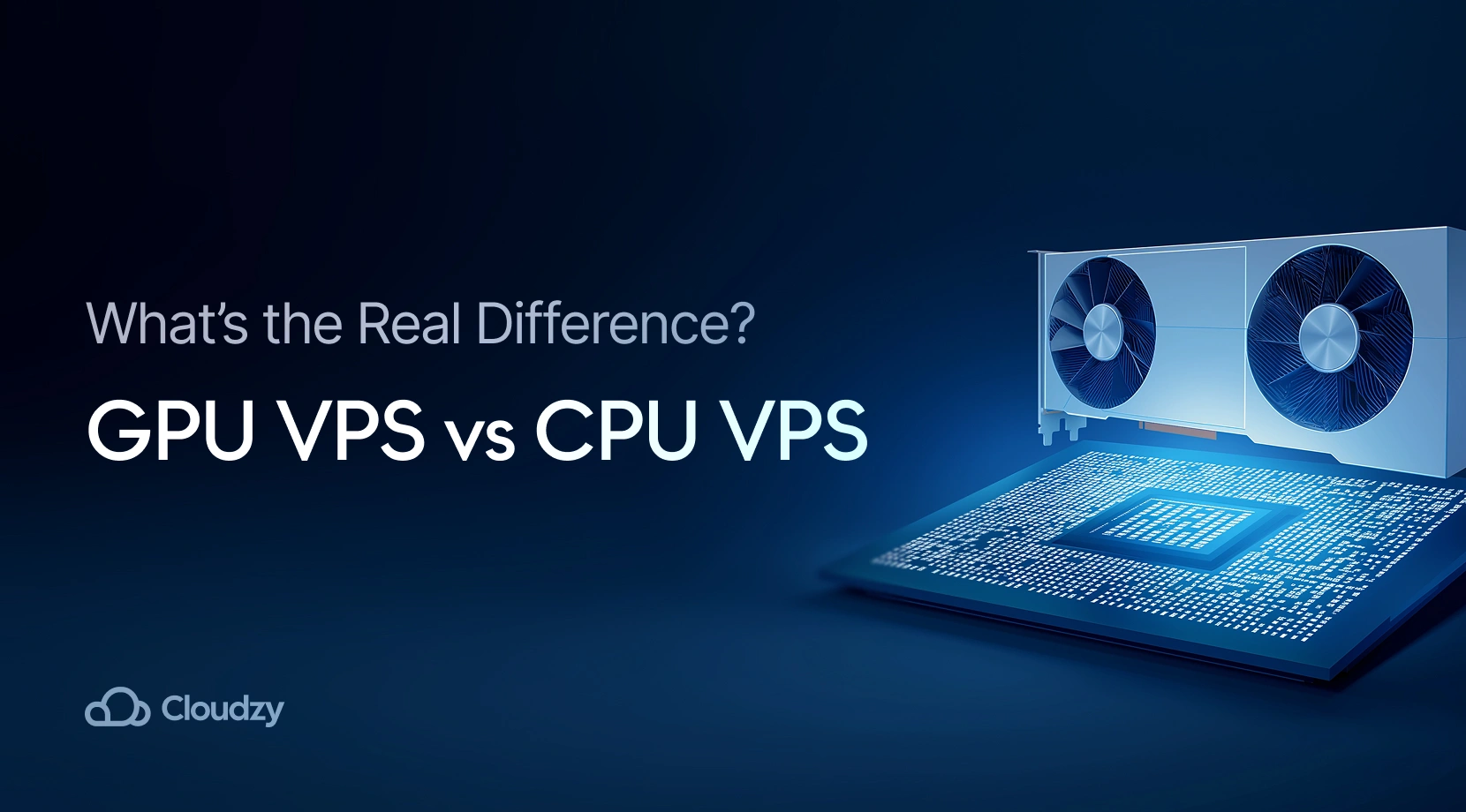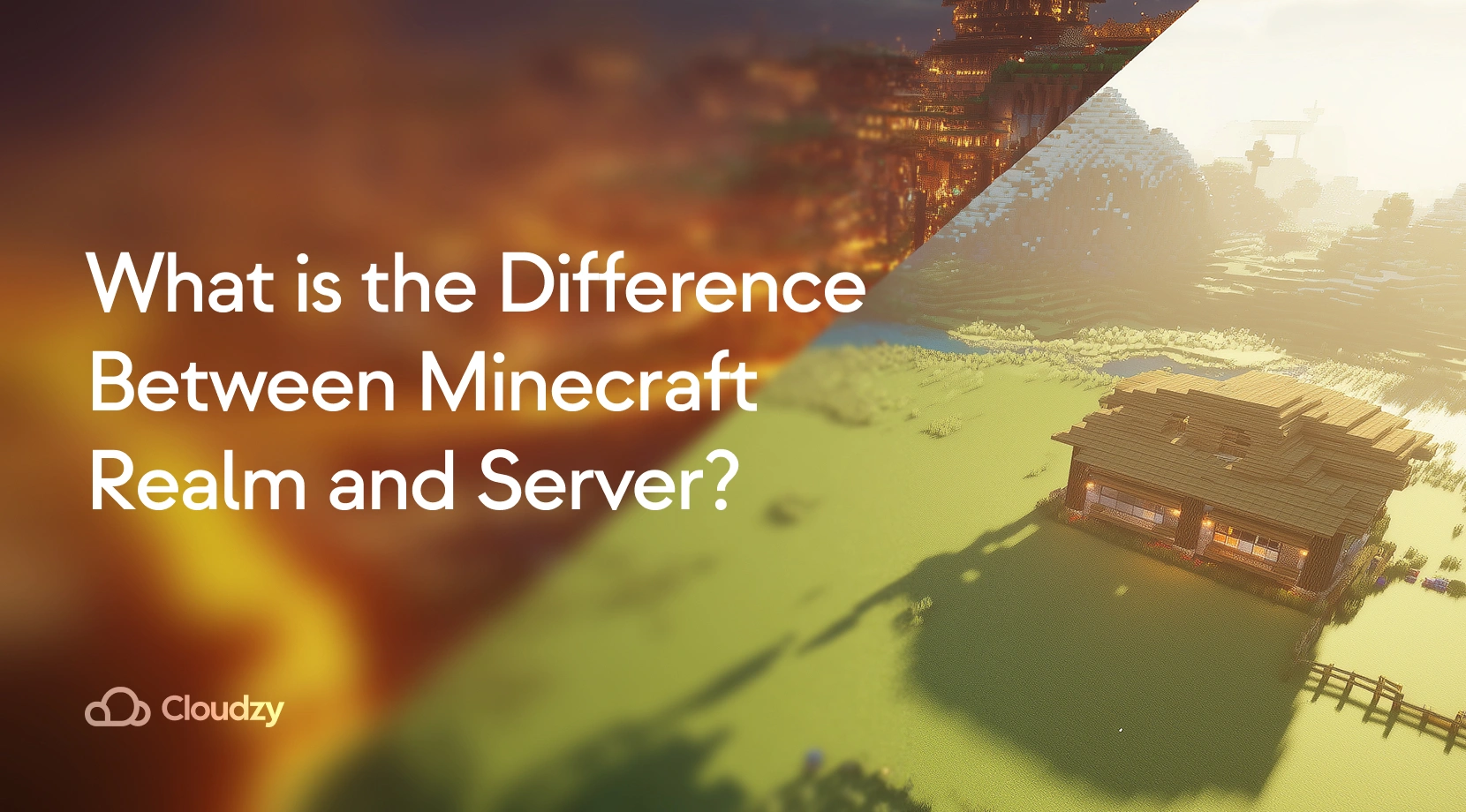You’re probably wondering, “Which monitoring tool is right for me? Prometheus or Grafana?” Well, you’re in the right place to find out! Both Prometheus and Grafana have made a name for themselves in the tech community, each boasting unique features and capabilities. Prometheus is known for its robust monitoring and alerting and plays a crucial role in tracking real-time metrics. On the other hand, Grafana has powerful visualization tools that can turn complex data into understandable, eye-catching graphics. Together, they’re like the dynamic duo of data monitoring and analysis. But it’s not always about teamwork. Sometimes, you need to pick a side. So, let’s dive deep into a thorough comparison between Prometheus vs Grafana and learn about their differences.
Background and Evolution of Prometheus and Grafana
Alright, let’s roll up our sleeves and review the background and evolution of Prometheus vs Grafana. It’s a tale of innovation and adaptation, reflecting the ever-changing landscape of tech needs.

Prometheus: Born from SoundCloud’s Necessity
Back in 2012, SoundCloud, was grappling with a challenge that is familiar to many in the tech world: monitoring at scale. They needed something robust, scalable, and efficient. So, they developed Prometheus, their brainchild, which is tailored to meet these demands. It was designed from the ground up to handle the complexities of large, distributed systems. And its core philosophy was Multi-dimensional data modeling and powerful querying for precise, real-time monitoring.
As Prometheus spread its wings beyond SoundCloud, it quickly gained popularity in the open-source community. Its ability to collect and process metrics in real-time, combined with a strong, flexible alerting system, made it a go-to choice for organizations that deal with large-scale systems. Fast forward to today, Prometheus has evolved, thanks to an active community, into an even more versatile tool that integrates seamlessly with many environments.
Grafana: The Visualization Maverick
Grafana’s story started in 2014, almost like a missing puzzle piece in the monitoring ecosystem. The brainchild of Torkel Ödegaard, it was initially designed to be a graphing tool for Graphite, a popular monitoring tool of the day. Grafana filled a vital gap: visualizing complex data. It wasn’t just about numbers and logs; it was about making sense of them through stunning, intuitive dashboards.
As Grafana matured, it transformed into a multi-platform visualization tool, supporting many data sources like Prometheus, InfluxDB, and Elasticsearch. This adaptability has been key to its growth. Grafana isn’t just a pretty face; it’s a tool that can take data from various sources and weave it into a narrative that’s easy to understand and act upon.
Both Prometheus and Grafana have come a long way since their inception, and understanding their path is important for a fair comparison between Prometheus vs Grafana. They’ve adapted, grown, and carved their niches in the tech world. Prometheus excels in monitoring and alerting, while Grafana stands out in making data insightful and visually compelling. Together, they’ve redefined expectations and set new standards in the realm of monitoring and data visualization.

Harnessing Strengths: The Core Functionalities of Prometheus vs Grafana
When we talk about Prometheus vs Grafana, it’s essential to dive into the core functionalities that set these tools apart. They’re like two superheroes, and each has special powers tailored to specific needs in the tech world.
Grafana’s Key Features: The Art of Visualization
The heart of Grafana’s prowess lies in its unparalleled visualization capabilities. Imagine having a dashboard that not only displays your data but tells a story. It’s like a master artist turning complex data sets into visually stunning and easily digestible graphs and charts. This isn’t just about aesthetics; it’s about making data accessible and actionable.
But Grafana’s not a one-trick pony. It plays well with others, integrating seamlessly with many data sources. Whether it’s Prometheus, ElasticSearch, or MySQL, Grafana brings it all together to provide a unified view of your metrics. This flexibility is a game-changer, making it a favorite for those who deal with diverse data environments.
Prometheus’ Key Features: The Vigilant Guardian of Data
In the realm of Grafana vs Prometheus, Prometheus is like the watchful guardian, always keeping an eye on your system’s health. Its primary mission? Monitoring. Prometheus is designed to relentlessly track and record real-time metrics, giving you the power to observe the heartbeat of your systems.
But what’s a guardian without an alert system? Prometheus excels here, too. It’s not just about collecting data; it’s about making sense of it. Prometheus alerts you to potential issues before they become problems. It’s proactive to make sure that you’re always one step ahead in maintaining system stability.
The Prometheus vs Grafana debate isn’t just about choosing one over the other; it’s about understanding the unique strengths each brings to the table. Grafana’s visualization artistry complements Prometheus’s vigilant monitoring. They’re like two pieces of a puzzle that, when combined, provide a comprehensive solution for monitoring and visualizing data.
Comparative Analysis: Grafana vs Prometheus
Diving into Prometheus vs Grafana, let’s explore how these tools stack up against each other, highlighting their strengths and acknowledging their limitations. It’s like comparing a skilled painter to a vigilant security guard – both experts in their fields but with different roles to play.
Grafana’s Strengths:
Grafana’s strength is its highly customizable dashboards. Imagine a control center where every gauge and graph matches your precise needs. Grafana is suitable for those who need to make sense of complex data visually. In scenarios like tracking website traffic or analyzing sales data, Grafana turns numbers into stories.
Moreover, Grafana’s integration capabilities are second to none. It’s like the universal remote of data sources, effortlessly connecting with tools like Prometheus, MySQL, and more, bringing diverse data under one roof for unified analysis.
Prometheus’ Strengths:
In the Grafana vs Prometheus showdown, Prometheus stands tall with its robust monitoring and alerting system. It’s designed for the trenches, reliably monitoring your systems around the clock. For use cases like tracking system performance or real-time alerting in complex, distributed environments, Prometheus is your go-to.
Its scalability is another feather in its cap. Prometheus grows with your needs, ensuring that no matter how large or complex your system gets, it remains under vigilant surveillance.
Grafana’s Limitations:
Despite its strengths, Grafana has a few Achilles’ heels. It’s highly dependent on external data sources for its magic. Without them, it’s like a painter without a palette. Additionally, its capabilities in data processing are somewhat limited since they focus more on presentation rather than analysis.
Prometheus’ Limitations:
On the other side, Prometheus, while powerful, can be a beast to configure, especially for the uninitiated. It’s not exactly plug-and-play. Long-term data storage is another challenge that often requires integration with other tools to manage data effectively over time.
In the Prometheus vs Grafana analysis, it’s clear that each tool has its distinct place. Grafana makes data comprehensible and visually appealing, while Prometheus shines in the rigorous monitoring and alerting of system metrics. Their limitations, while present, are often mitigated by their complementary nature, making them a formidable duo in the tech ecosystem.

Integration and Synergy: Grafana and Prometheus Together
When we talk about Grafana and Prometheus, it’s like discussing a dream team in the tech world. Individually, they’re powerful, but together, they’re a force to be reckoned with.
Complementary Powers: The Perfect Pair
Grafana and Prometheus complement each other like peanut butter and jelly. Prometheus, with its keen eye for monitoring and alerting, provides the raw data and insights. Enter Grafana, which takes this data and transforms it into visual masterpieces.
Imagine Prometheus as the diligent detective, gathering all the clues (metrics, in this case). Grafana then steps in as the skilled storyteller, turning those clues into a compelling narrative that’s easy to understand and act upon. This synergy allows you to not only monitor your systems efficiently but also to visualize and analyze these metrics in a way that makes sense.
Advantages of Pairing Up Grafana and Prometheus
Using Grafana and Prometheus together unlocks several advantages. For starters, you get a complete picture of your system’s health. Prometheus’s real-time monitoring, combined with Grafana’s dynamic dashboards, makes sure you’re never in the dark about your system’s performance.
This integration also streamlines your workflow. Instead of juggling multiple tools, you have a cohesive, integrated solution. You’re saving time and reducing complexity, which is the dream in any tech endeavor.
Moreover, this combination is scalable and adaptable. Grafana and Prometheus scale with you as your system grows and evolves, providing consistent, reliable monitoring and visualization.
In summary, Grafana and Prometheus are not just collaborations; they’re powerful integrations that bring out the best in both tools. Whether you’re a small startup or a large enterprise, this duo provides a comprehensive solution for monitoring, alerting, and visualization needs, ensuring your systems are not only performing optimally but are also understandable and manageable.
If you’re interested in learning about monitoring tools, you will also enjoy reading our other blog on the best Linux system monitoring tools.
Alternatives and Monitoring-as-a-Service Solutions
While Prometheus vs Grafana are standout choices in the monitoring and visualization realm, it’s important to acknowledge that the tech world is full of alternatives and innovative solutions like Monitoring-as-a-Service (MaaS).
Alternatives to Grafana and Prometheus come in various types. For example, tools like InfluxDB and Kibana offer their unique takes on data storage and visualization, respectively. InfluxDB, known for its time-series data handling, pairs well with Grafana, similar to Prometheus. Kibana, part of the Elasticsearch stack, excels in visualizing log data, offering a different perspective compared to Grafana.
Then there’s Zabbix, another robust monitoring tool, which offers both monitoring and visualization capabilities in a single platform and provides an alternative to the Prometheus-Grafana combo.
MaaS is a game-changer in the monitoring landscape. Think of it as monitoring delivered via the cloud, removing the need to maintain your own monitoring infrastructure. Services like Datadog, New Relic, and Amazon CloudWatch exemplify this concept.
These services offer a host of benefits, like ease of setup, scalability, and the convenience of having monitoring and alerting managed by a third party. They often have advanced features like AI-driven insights, integration with various cloud services, and comprehensive support. For businesses looking for an all-in-one solution with minimal setup, MaaS can be an attractive option.
In conclusion, while Prometheus and Grafana are powerful tools, the world of monitoring and visualization is vast and diverse. Depending on your specific needs, budget, and resources, exploring alternatives and considering MaaS solutions can lead you to the right fit for your monitoring ecosystem.

Conclusion
As we wrap up our exploration of Grafana vs Prometheus, it’s clear these tools are pivotal in shaping modern IT infrastructure. Prometheus, with its robust monitoring and alerting, and Grafana, with its unparalleled visualization capabilities, together form an indispensable duo for any tech environment. They offer clarity, efficiency, and scalability, ensuring your systems are well-monitored and intuitively understood.
In this digital era, leveraging the right tools and platforms is crucial. Speaking of which, Cloudzy’s Cloud VPS seamlessly integrates with both Prometheus and Grafana, enhancing their capabilities with cloud scalability and reliability. It’s the perfect partnership for those seeking an efficient, secure, and comprehensive monitoring solution with 24/7 support and a 99.95% uptime guarantee Discover how Cloudzy can elevate your IT infrastructure by exploring its synergy with Prometheus and Grafana today.
FAQ
What is the difference between Prometheus and Grafana?
Prometheus and Grafana have different purposes for monitoring. Prometheus specializes in data collection and alerting, acting as the backbone for monitoring metrics. Grafana, on the other hand, excels in visualizing this data, offering customizable dashboards for an intuitive overview. Together, they can be a comprehensive monitoring and visualization solution.
What are the advantages of using Grafana and Prometheus together?
Using Grafana and Prometheus together combines Prometheus’s robust data collection and alerting capabilities with Grafana’s superior data visualization and dashboarding. This combination provides a comprehensive overview of your systems, enhancing monitoring efficiency and offering intuitive, real-time insights for better decision-making and system management.
Does Grafana need Prometheus?
Grafana doesn’t strictly need Prometheus to function. While Grafana can integrate with Prometheus for monitoring and visualizing data, it’s highly versatile, supporting various other data sources, too. This flexibility allows Grafana to be a powerful visualization tool in diverse tech environments beyond just the Prometheus context.




